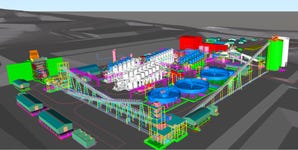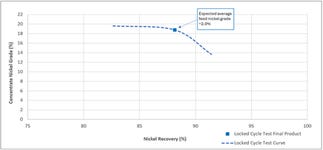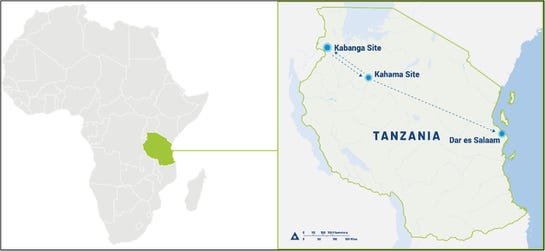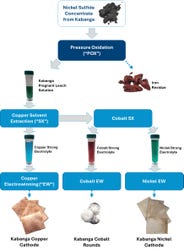Lifezone Metals Announces Two-Phased Development Plan for the Kabanga Nickel Project in Tanzania
Contributed by: Business Wire
Logo
Images
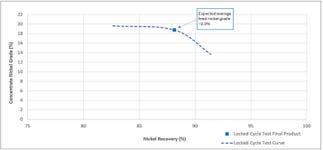
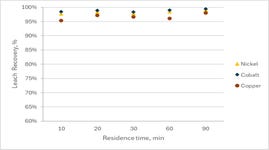
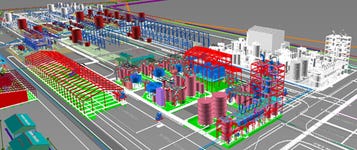
Tags
Environment
Other Energy
Engineering
Alternative Energy
Manufacturing
Energy
Mining/Minerals
Natural Resources
Science
Other Science
Kabanga Nickel Project

